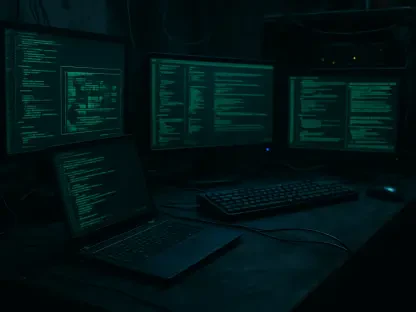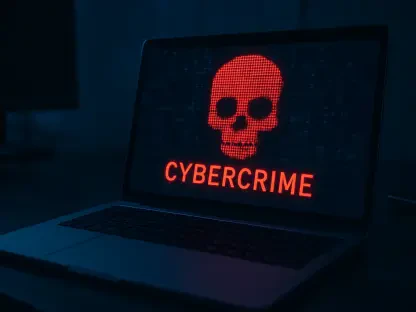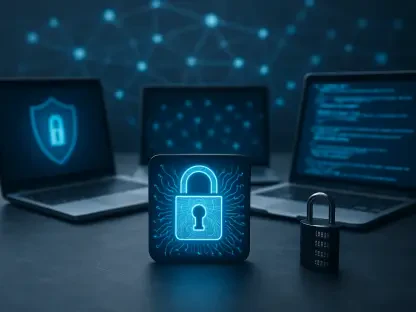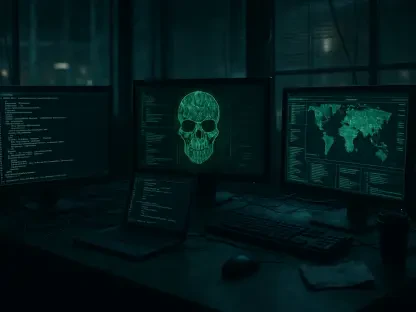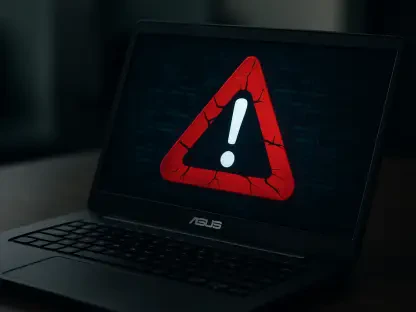Recent changes in the cybersecurity field emphasize the persistent threats posed by zero-day vulnerabilities and critical software flaws, compounded by the activities of state-sponsored threat actors. Recently, a significant event revealed insights into these evolving cyber challenges, drawing attention to pressing issues and emergent risks that continue to shape enterprise security dynamics.
Exploring Current Cybersecurity Challenges
The event prominently showcased a decrease in the number of zero-day vulnerabilities, from a staggering count in previous years to 75 such exploits in 2024, as reported by Google. Despite this decrease, zero-day threats remain a formidable adversary, especially against enterprise security appliances. Additional focus was placed on a significant security flaw identified in the Commvault Command Center, labeled CVE-2025-34028, which attracts attention due to its potential for remote code execution without authentication, underscoring the immediate need for updates to mitigate risk.
Moreover, panel discussions shed light on Larva-24005, the exploitation campaign spearheaded by the North Korean hacker group Kimsuky. This campaign leverages the BlueKeep RDP vulnerability, CVE-2019-0708, targeting systems in South Korea and Japan. Although BlueKeep has been patched, the exploitation serves as a stark reminder of ongoing vulnerabilities that persist due to insufficient patch management, reinforcing the gravity of addressing known vulnerabilities.
Insights from Cybersecurity Discourses
Insights from expert analyses reveal an expansive understanding of vulnerabilities within the cybersecurity landscape. A decline in zero-day exploitation concerning browsers and mobile devices reflects an adaptive threat environment. Nonetheless, emphasis remains on inadequately addressed vulnerabilities within complex software ecosystems. Expert opinions highlight the importance of prioritizing efforts towards recognizing interdependencies and complexities.
Interactive sessions offered workshops and live demonstrations that provided participants with valuable educational opportunities. Through these engagements, attendees gained practical insights into navigating cybersecurity challenges, reinforcing the importance of strategic preparedness in combating evolving threats. Each session facilitated discourse that informed organizational security initiatives and fostered proactive defense strategies.
Showcased technological exhibits offered insights into innovations aligning with current security challenges. These demonstrations provided vivid portrayals of product advancements that resonate strongly with industry needs, illustrating progress and innovation designed to combat adversarial threats effectively. The relevance of these exhibits highlights the importance of staying abreast of technological developments that complement security measures.
The Event’s Impact and Future Directions
The event concluded with reflections on cybersecurity trends that continue to influence the path forward for organizations striving for security resilience. While the decrease in zero-day exploits offers a glimpse of optimism, the security landscape demands vigilance against new and existing threats. Attendees left with a strengthened understanding of the intricate interplay between vulnerabilities and threat actors, with renewed emphasis placed on strategic security enhancements.
Looking ahead, the focus remains on actionable steps to navigate future uncertainties. The insights gained foster considerations that prepare enterprises to better protect against vulnerabilities, retain a sharpened alertness directed at state-sponsored threats, and fortify defenses adapted to evolving complexities. As cybersecurity advances, the collective commitment to safeguarding digital assets drives concerted efforts toward sustained resilience.


